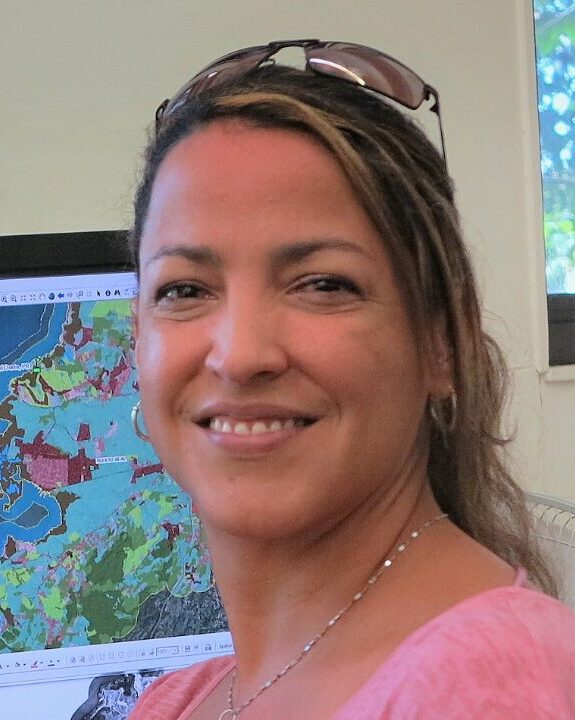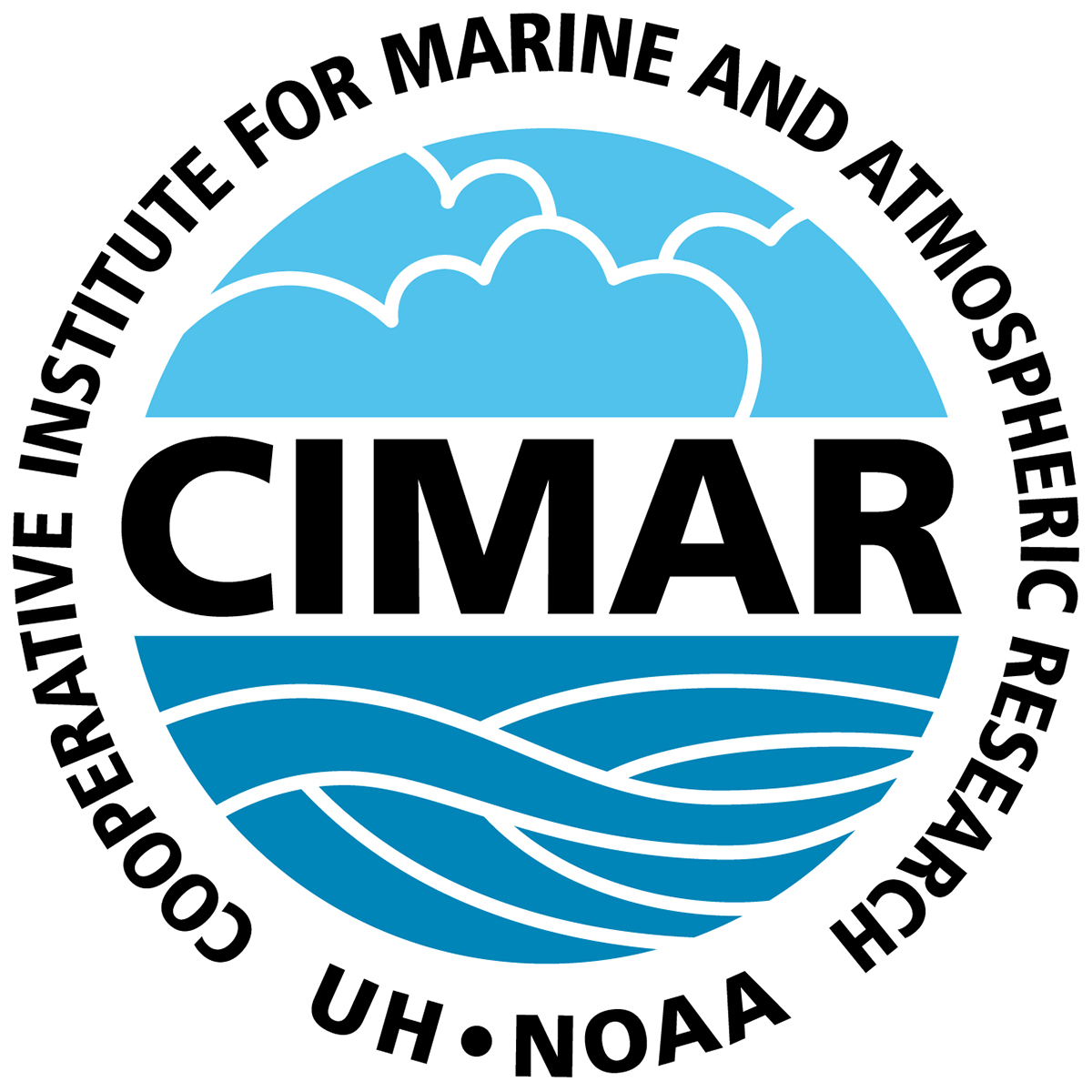Home > Research+Applications > Research Highlights > NCRMP – Pacific Project
National Coral Reef Monitoring Program – Pacific Project
In the face of accelerating changes to our climate, it is critical that we monitor the status and trends of the world’s coral reefs to best highlight resilient reefs and identify resilience-supporting management practices. NOAA’s Ecosystem Sciences Division (ESD), has been monitoring in-situ Pacific coral populations and benthic communities since the early 2000’s as part of the Pacific National Coral Reef Monitoring Program (NCRMP). To operate more efficiently and effectively over large geographic scales, ESD recently tested and implemented the use of Structure-from-Motion (SfM), a robust and cost-effective photogrammetric technique used to generate three-dimensional models of coral reefs from 100s to 1000s of overlapping photos. The high-resolution image maps generated through SfM provide powerful means for visually characterizing benthic organisms and their condition by expert computer annotators comparable to the traditional in-water assessment. Leveraging computer power and innovative software, this new approach offers many benefits, especially by drastically reducing divers time underwater, but also allowing us to digitally freeze the three-dimensional (3D) reef in time to compare it against future change, among many other uses. For example, in addition to coral demographics and benthic characterization, the derived products support monitoring impacts of coral bleaching events, extract benthic parameters to estimate reef carbonate budget, quantify reef habitat complexity, assess temporal coral vital rates, and map fish habitats. This work details steps to collect and process SfM imagery that meet ESD’s programmatic capacity and needs. CIMAR’s SfM team will continue adapting methods that improve efficiency and productivity as part of NCRMP, including artificial intelligence (AI) techniques and cloud computing.
Torres-Pulliza, D., Charendoff, J., Couch, C., Gray, A., Lichowski, F., Amir, C., Lamirand, M., Asbury, M., Winston, M., Basden, I., & Oliver, T. (2024). Processing Coral Reef Imagery Using Structure-from-Motion Photogrammetry: Standard Operating Procedures (2023 Update). NOAA Technical Memorandum NMFS-PIFSC-159.

An SfM-derived 3D model of a coral reef in Kaneohe Bay, Oahu. Virtual coral reef replicas detail the 3D structure, composition and state of the benthos at the time the imagery is collected, allowing scientists and managers to study and protect these sensitive ecosystems.

Damaris Torres-Pulliza

An SfM-derived 3D model of a coral reef in Kaneohe Bay, Oahu.
National Coral Reef Monitoring Program – Pacific Project
In the face of accelerating changes to our climate, it is critical that we monitor the status and trends of the world’s coral reefs to best highlight resilient reefs and identify resilience-supporting management practices. NOAA’s Ecosystem Sciences Division (ESD), has been monitoring in-situ Pacific coral populations and benthic communities since the early 2000’s as part of the Pacific National Coral Reef Monitoring Program (NCRMP). To operate more efficiently and effectively over large geographic scales, ESD recently tested and implemented the use of Structure-from-Motion (SfM), a robust and cost-effective photogrammetric technique used to generate three-dimensional models of coral reefs from 100s to 1000s of overlapping photos. The high-resolution image maps generated through SfM provide powerful means for visually characterizing benthic organisms and their condition by expert computer annotators comparable to the traditional in-water assessment. Leveraging computer power and innovative software, this new approach offers many benefits, especially by drastically reducing divers time underwater, but also allowing us to digitally freeze the three-dimensional (3D) reef in time to compare it against future change, among many other uses. For example, in addition to coral demographics and benthic characterization, the derived products support monitoring impacts of coral bleaching events, extract benthic parameters to estimate reef carbonate budget, quantify reef habitat complexity, assess temporal coral vital rates, and map fish habitats. This work details steps to collect and process SfM imagery that meet ESD’s programmatic capacity and needs. CIMAR’s SfM team will continue adapting methods that improve efficiency and productivity as part of NCRMP, including artificial intelligence (AI) techniques and cloud computing.
Torres-Pulliza, D., Charendoff, J., Couch, C., Gray, A., Lichowski, F., Amir, C., Lamirand, M., Asbury, M., Winston, M., Basden, I., & Oliver, T. (2024). Processing Coral Reef Imagery Using Structure-from-Motion Photogrammetry: Standard Operating Procedures (2023 Update). NOAA Technical Memorandum NMFS-PIFSC-159.

